The Impact of All-Terrain Tires on Fuel Economy
The Truth About Cars
AUGUST 14, 2024
It doesn’t hurt that most of these tires have an aggressive design, both on the sidewall and in the tread pattern, which matches the look for which many owners of these rigs are seeking. The tread design benefits from a broad footprint on whatever surface you are driving on. It has reinforced shoulder support, too.




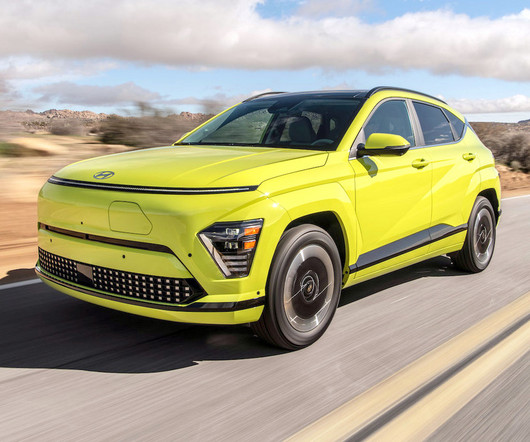









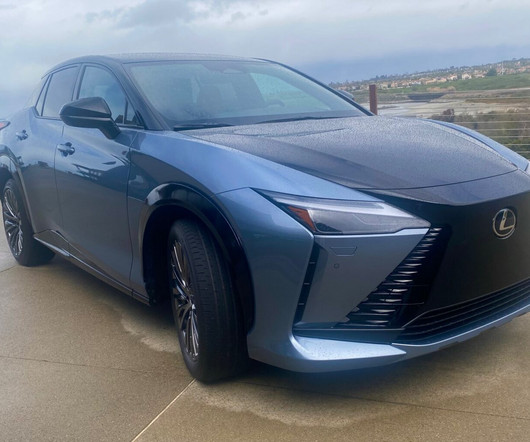








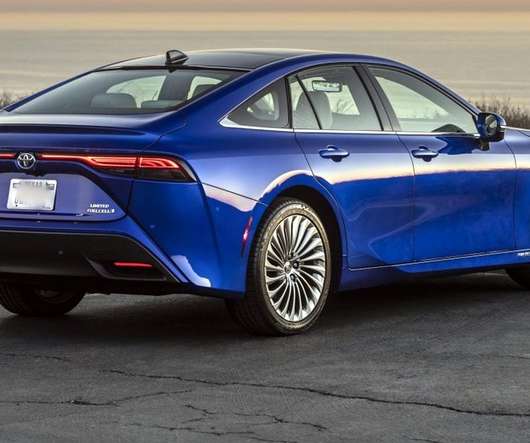

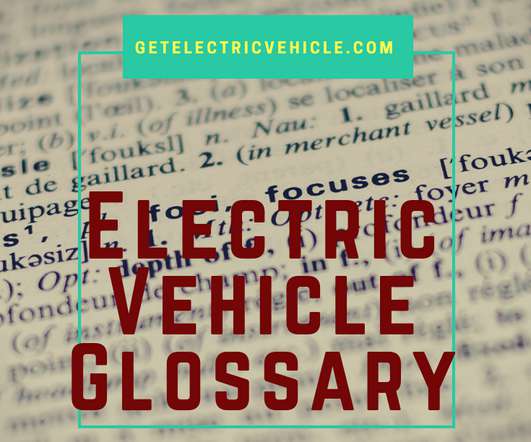


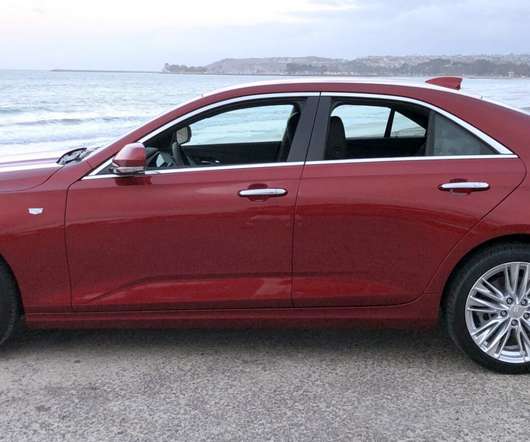
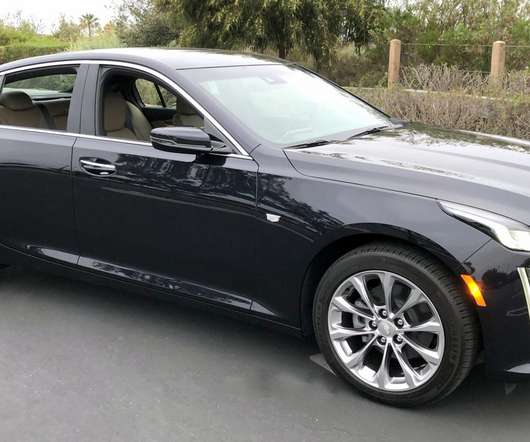









Let's personalize your content